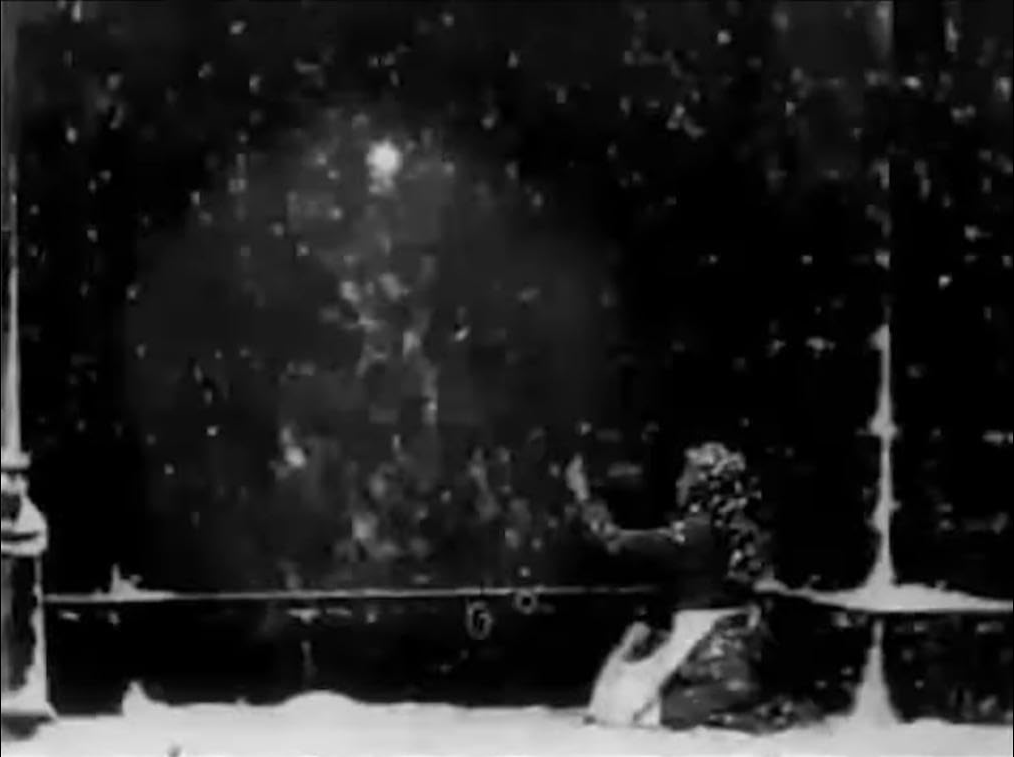
In the Strength Weekly essay ‘How They Arise’ a species of elusive mental event is referred to on a number of occasions. Such events are frequent, brief, fleeting, barely perceptible, partially formed, wispy and indistinct – they are not quite ‘full’ thoughts but take up at least as much time and space as thoughts that are deemed useful or important. They are routinely and necessarily suppressed, overlooked or ignored and widely viewed as irrelevant and dispensable by-products or waste products of an otherwise fundamental and essential streaming process.
It could be said, however, that by designating these products as dispensable their suppression is more readily achieved. This observation would only have value if the elusive moments could be shown to have some meaning or significance. The essay referred to above expands upon this notion.
It has occurred to me since writing the essay that while the delivery mechanisms of thought are not well understood, the apparent lack of significance of some mental contents may preclude an analysis of another influential set of phenomena.
Freud did not believe in ghosts but, in a consideration of the processes of repression, wrote ‘a thing which has not been understood inevitably reappears; like an unlaid ghost, it cannot rest until the mystery has been solved and the spell broken’ (‘Analysis of a Phobia in Five-Year-Old Boy’, (1909). Also known as the ‘Little Hans’ case). Ten years later, in ‘The Uncanny’ (1919) he proposed that ghosts are manifestations of unresolved psychological issues.
In the Freudian account unresolved issues can be personified (or ‘ghostified’) but in addition it may be the case that it is not just the content of these issues that animates the ghostly apparitions but the manner of their entry into consciousness.
Elsewhere Freud wrote that ‘The human mind, while guided by reason, is also an abode for intangible yearnings, much like the way ghosts linger in the periphery of our consciousness.’ There is a distinction be made here between ‘intangible yearnings’ and ghosts that ‘linger’. The former are invisible but the latter have a lingering presence that can be seen. At some point a threshold is crossed and the intangible is transformed into the visible.
Everyday mental life features, in addition to coherent chains of thought, countless partially formed elements of mental process – snatches of conversation, passages of nonsensical words, floating faces, unsourced images, not to mention a confetti of fragments from films, TV and newspapers, splinters and slivers in transit from the high and low points of encounters, conversations, greetings and farewells, wisps, traces and snippets that appear and rapidly disappear, registering as unidentifiable glimpses that are experienced as disturbances at the very periphery of consciousness.
That these bits and pieces and scraps and sherds are generally considered to be disposable may not only reflect the view that consciousness must be constantly decluttered if it is to operate efficiently but also that the very elusiveness of the particles of clutter marks them as untrustworthy. This may induce uneasiness and anxiety or, for some individuals, indicate the intrusion of mischievous or malicious supernatural entities. It seems likely therefore that while some ghosts certainly carry concealed weapons others are simply all mouth and no trousers.
In this reading, ordinary mental life is a minefield of potential mishap to be stewarded in time-honoured fashion by processes of repression and suppression. These operations are largely second nature and mostly efficient. The risk, as ever, is that the baby is suppressed along with the bathwater. The disposable is consigned to oblivion but the baby must find ways of getting back into circulation. This may entail subterfuge and an eventual role as a bit part consigned to the edge of the stage where the disenfranchised and the homeless hang out. They can walk through you if they feel like it but you can walk through them if it helps.
25/03/2025

